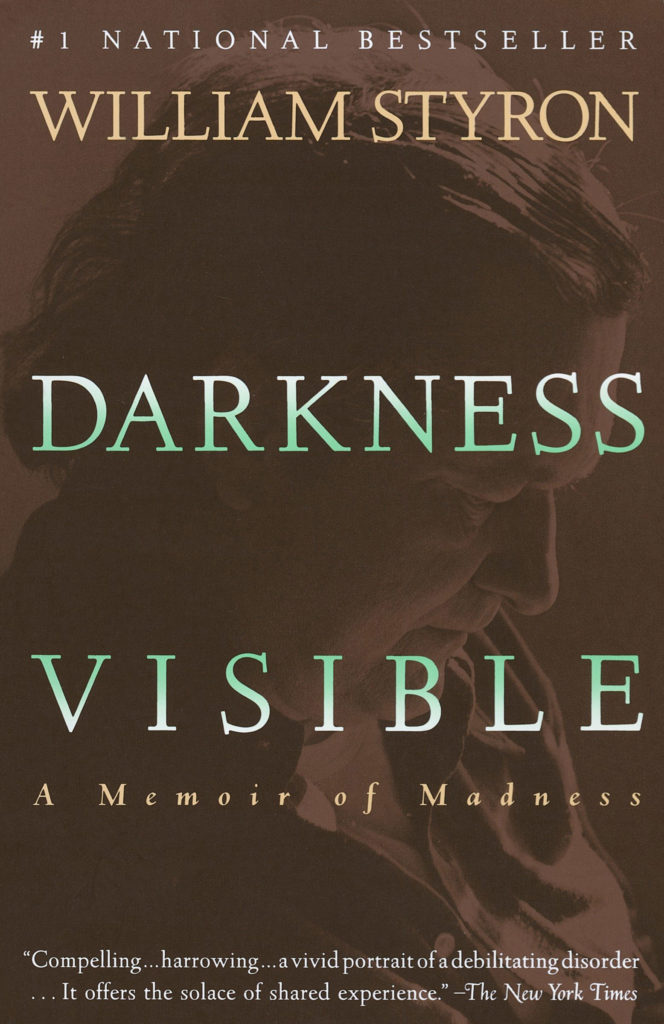I am now the most miserable man living. If what I feel were equally distributed to the whole human family, there would not be one cheerful face on earth.
Abraham Lincoln
Who would have thought that Abraham Lincoln, the president who saved the Union, struggled with disabling periods of depression throughout his life? For example, on his wedding day, a time that most people would find joyful, Lincoln was deeply dejected, struggling with hopelessness and guilt. In addition, Lincoln so frequently told his friends and neighbors he felt like committing suicide that they were compelled to watch over him.
Right now, you may be experiencing your own debilitating suicidal pain. It might be the result of painful circumstances such as the loss of a loved one, a dispute with someone important, a major health challenge, chronic physical pain, financial loss, or being too isolated. Or you might be facing a mental health challenge such as depression, anxiety, bipolar disorder, or PTSD.
Whatever the cause of your pain, it may feel unbearable to you right now. The great suicide researcher, Edwin Shneidman, called this suicidal pain “psychache”— a state of extreme agony. According to Shneidman, psychache is different from other kinds of psychological pain in that the suffering is experienced as intolerable; the person perceives that they cannot bear it.
A poignant description of how “psychache” feels was written by novelist William Styron, author of the memoir Darkness Visible. Styron told his daughter as he was about to be hospitalized for suicidal depression, “I would rather have my arm amputated without anesthesia than to be experiencing the pain I have now.”
In addition to feeling this kind of unendurable pain, you might also feel trapped inside that pain. You might be thinking that there is no way of improving things and that it is not possible to get better. When I was suicidal and experiencing psychache, I could see no viable future; only the never-ending agony of the eternal present. Death seemed like the only escape. In this context, I saw a suicide not as an act of self-destruction, but as an act of self-love.
However, there was a flaw in my logic. Just because I could not see a way to stop the pain, it did not mean that there wasn’t a way. My vision, like that of other suicidal people, had become constricted, making me believe that my only viable option was death.


Suicidal depression is like driving into a tunnel with a curve. At some point, it will become completely dark because you cannot see the entrance or the exit. But, that doesn’t mean the exit is not there. It may be just around the corner.
A good place to start to find your way out of the tunnel is by examining your own pain, its source, and how it manifests. Finding language to name your pain and describe it can be a very powerful preparation for identifying ways to survive your suicidal episode.
Take a moment and explore the nature of the pain you are experiencing. Read over the following questions, and write down whatever responses come up for you. I encourage you to write freely, without much self-censorship. I hope that by doing so, you will come to a better understanding of your pain.

The content of this website is for educational purposes only and is not meant to replace diagnosis or treatment by a qualified mental health professional.